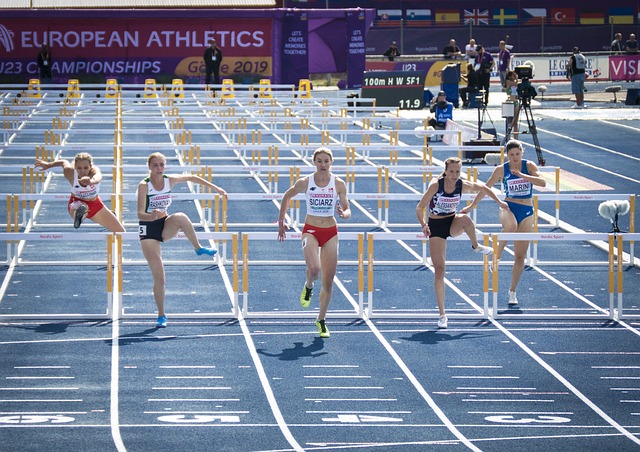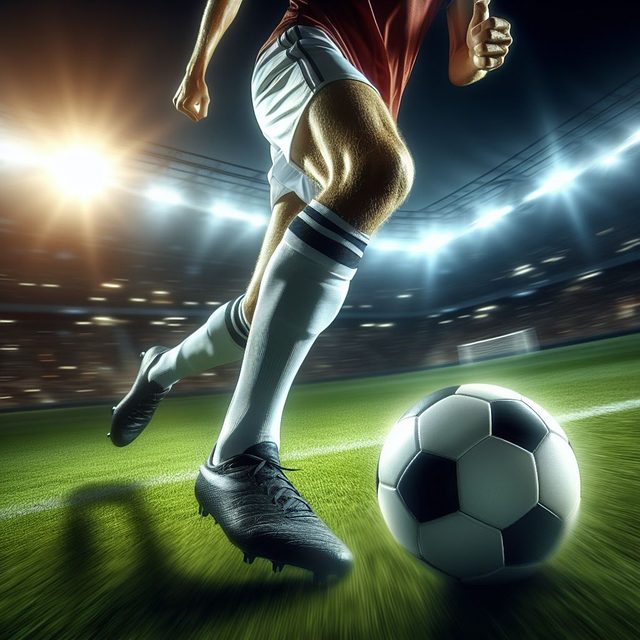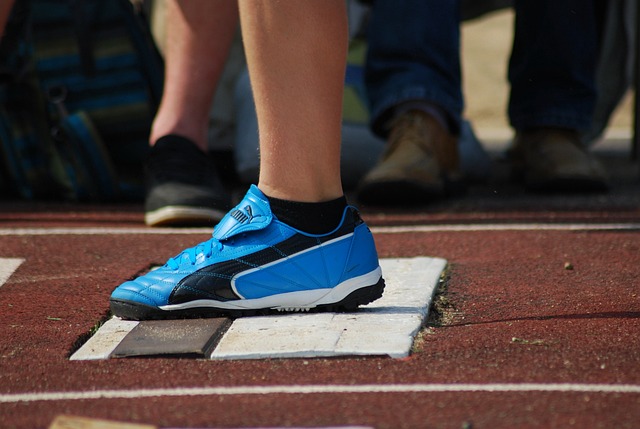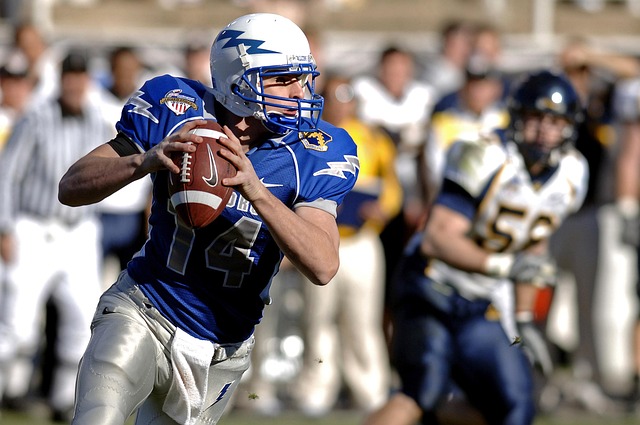Athletic injury treatment transcends conventional methods, emphasizing regenerative strategies that harness the body's natural healing power. This holistic approach considers each athlete's unique history, current state, and aspirations, combining targeted exercises, advanced therapies like PRP, specialized nutrition, and active recovery to accelerate healing, minimize re-injury risk, and promote long-term athletic performance for a sustainable career. Rest and recovery, including active recovery techniques, proper nutrition, and hydration, are crucial in preventing injuries from chronic overtraining and enhancing mental resilience, ensuring athletes maintain peak performance throughout intense periods of competition or practice. Regenerative medicine offers personalized plans that revolutionize treatment by considering individual needs, injury type, severity, training schedules, and overall health, leading to faster recovery times and enhanced performance upon return to sport.
“Unleash your athletic potential with regenerative recovery plans, a revolutionary approach to optimizing performance and healing. This comprehensive guide explores the science behind athletic injury treatment, focusing on restorative practices that go beyond traditional methods. From understanding the foundational role of rest and recovery to incorporating active techniques and crafting personalized nutrition strategies, discover how to accelerate muscle repair and reclaim your peak physical state. Master the art of regenerative recovery and take your athletic journey to new heights.”
- Understanding Athletic Injury Treatment: The Foundation of Regenerative Recovery
- The Role of Rest and Recovery in Athletic Performance Optimization
- Incorporating Active Recovery Techniques for Enhanced Muscle Repair
- Nutrition's Impact on Regeneration: Fueling Your Body for Optimal Healing
- Customizing Regenerative Plans: Individualized Approaches for Accelerated Recovery
Understanding Athletic Injury Treatment: The Foundation of Regenerative Recovery

Athletic injury treatment is a multifaceted approach, and at its core lies regenerative recovery strategies. These methods focus on restoring and enhancing the body’s natural healing mechanisms, ensuring athletes return to their peak performance while minimizing the risk of future injuries. By understanding the intricacies of athletic injury treatment, sports professionals can tailor regenerative plans that address specific needs, whether it’s accelerated tissue repair, improved energy production, or enhanced flexibility.
Regenerative recovery plans are not one-size-fits-all; they require a deep dive into the athlete’s history, current condition, and goals. Incorporating elements like targeted exercise routines, advanced therapy techniques (such as platelet-rich plasma or PRP), and specialized nutrition can accelerate the healing process. This holistic approach ensures athletes not only recover faster but also develop resilience to prevent future injuries, fostering a sustainable career in their chosen sport.
The Role of Rest and Recovery in Athletic Performance Optimization

Rest and recovery are fundamental components in optimizing athletic performance, often overlooked yet critical for athletes’ overall success. In today’s competitive sports landscape, where training intensity and frequency have increased dramatically, proper rest periods become essential to prevent athletic injuries and enhance performance. The traditional approach of ‘no pain, no gain’ is being challenged by a growing body of scientific evidence that highlights the detrimental effects of chronic overtraining on both physical and mental health.
Regenerative recovery plans emphasize active rest days, specific exercises focused on blood flow promotion, and physiological processes like sleep and proper nutrition to aid muscle repair and growth. By incorporating these strategies, athletes can significantly reduce their risk of athletic injuries associated with fatigue and overexertion. This approach not only allows for faster recovery between intense training sessions but also improves mental resilience, ensuring athletes maintain peak performance throughout extended periods of competition or rigorous practice routines.
Incorporating Active Recovery Techniques for Enhanced Muscle Repair

Incorporating active recovery techniques into your athletic routine can significantly enhance muscle repair and overall performance, serving as a powerful tool in the realm of athletic injury treatment. Unlike passive recovery methods like rest, which allow muscles to heal but may lead to deconditioning, active recovery involves gentle, low-impact exercises that stimulate blood flow and promote the removal of metabolic waste products from working muscles. This process accelerates the body’s natural healing mechanisms, reducing inflammation and speeding up tissue repair.
For athletes recovering from injuries, these techniques can be tailored to specific needs. Light activities like swimming, cycling, or yoga not only improve circulation but also maintain range of motion and flexibility, which are crucial for a successful recovery. By combining active recovery with proper nutrition and hydration, athletes can optimize their regenerative capabilities, ensuring faster and more effective healing for athletic injuries.
Nutrition's Impact on Regeneration: Fueling Your Body for Optimal Healing

Nutrition plays a crucial role in an athlete’s journey towards regenerative recovery. The food we consume provides the building blocks for tissue repair and cellular regeneration, which are essential processes after an athletic injury. A well-balanced diet rich in high-quality proteins, complex carbohydrates, healthy fats, and an array of vitamins and minerals can significantly enhance healing outcomes. Proteins, for instance, are vital for muscle repair and growth, while antioxidants help combat inflammation and support overall recovery.
When designing a nutrition plan for athletic injury treatment, consider the body’s increased demand for specific nutrients during the regenerative phase. Timing meals appropriately around training sessions can optimize nutrient absorption and utilization. Additionally, staying well-hydrated is paramount to aid in removing metabolic waste products and ensuring optimal cellular function. A strategic approach to nutrition, tailored to individual needs, can be a game-changer in accelerating recovery and getting athletes back in top form faster.
Customizing Regenerative Plans: Individualized Approaches for Accelerated Recovery

In the realm of athletic injury treatment, regenerative plans have emerged as a game-changer, offering customized approaches for accelerated recovery. Unlike one-size-fits-all strategies, these plans recognize that every individual athlete has unique needs and responses to healing. By tailoring treatments to specific injuries and active lifestyles, regenerative medicine provides targeted solutions for faster, more effective recovery. This individualized focus involves assessing factors like the type and severity of injury, an athlete’s training schedule, and their overall health profile.
Customized regenerative plans can include a variety of modalities such as platelet-rich plasma (PRP) therapy, stem cell treatments, and specialized physical therapy protocols. These methods work in harmony to stimulate natural healing processes, reduce inflammation, and accelerate tissue repair. Such personalized approaches not only shorten recovery times but also equip athletes with the tools they need to prevent future injuries, enabling them to return to their sports with enhanced performance and confidence.
Regenerative recovery plans, tailored to individual athletes and incorporating rest, active recovery, proper nutrition, and customized approaches, offer a holistic strategy to optimize performance and expedite recovery from athletic injuries. By understanding the foundation of athletic injury treatment and leveraging these key elements, athletes can enhance muscle repair, fuel their bodies effectively, and achieve faster, more sustainable results.
